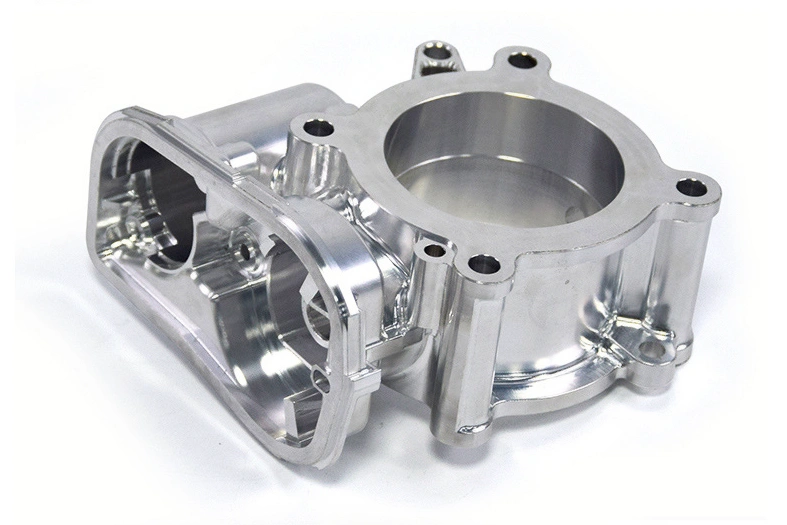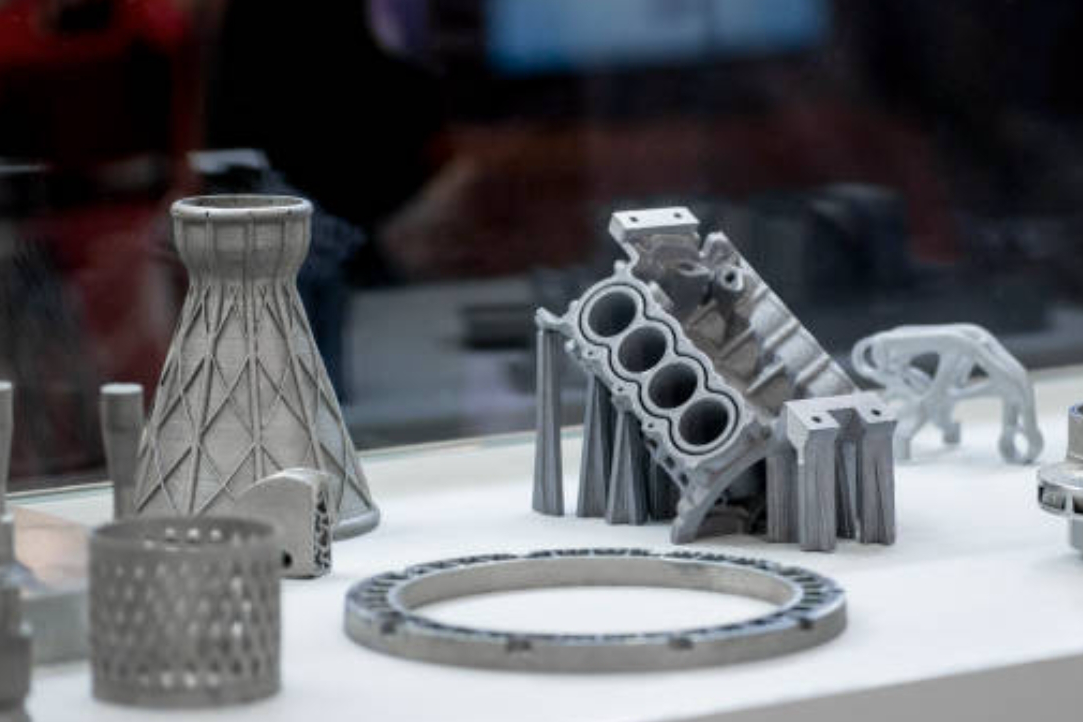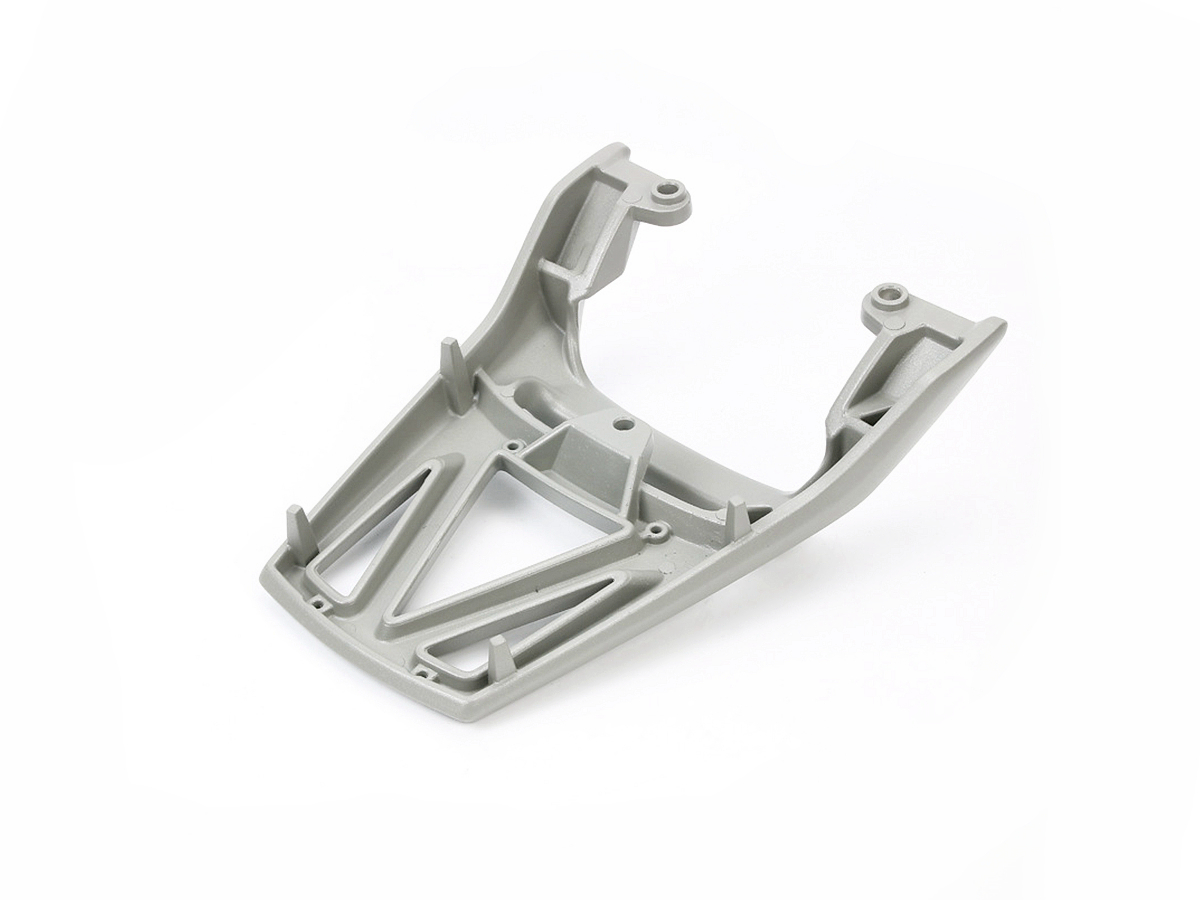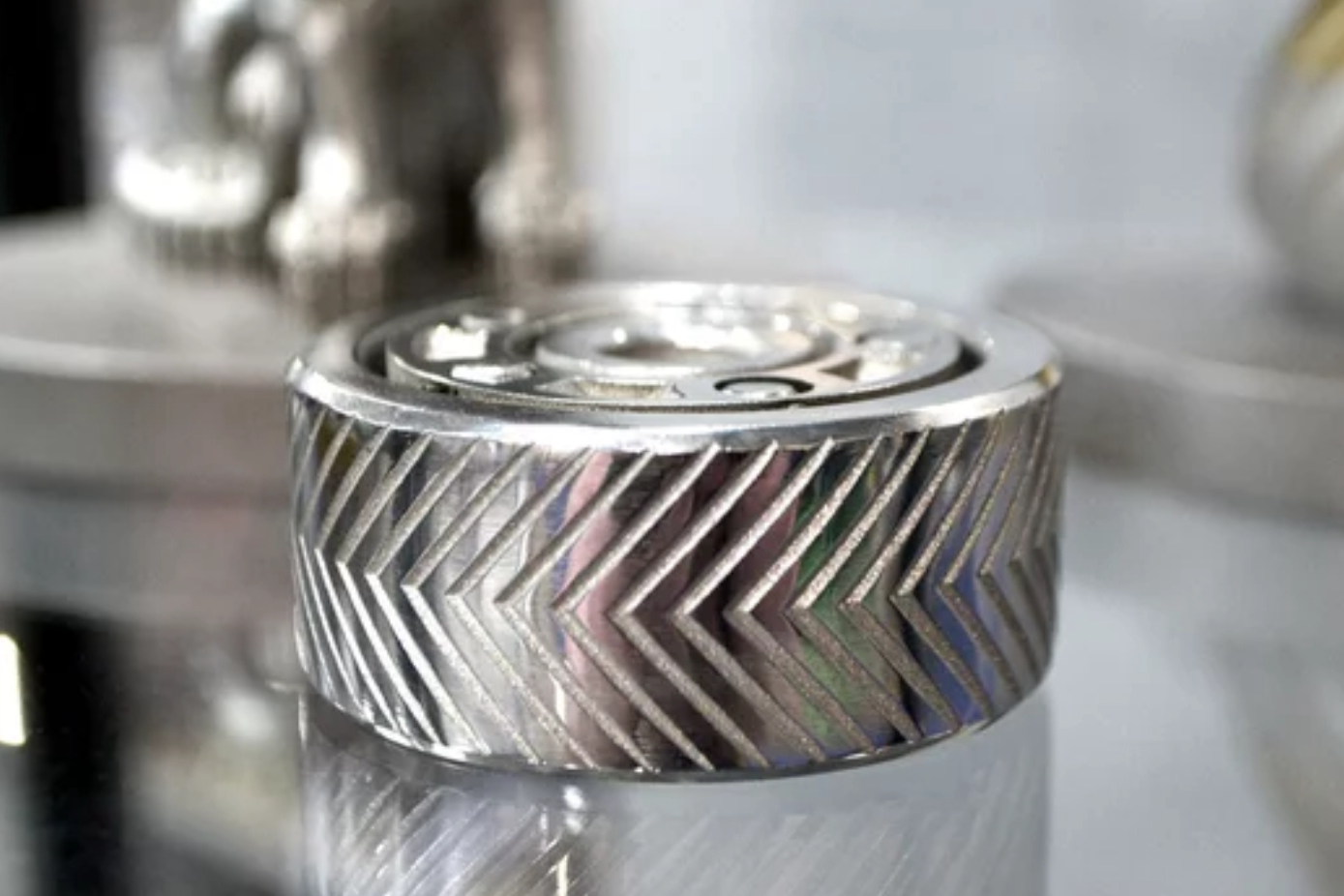Precision Fuel & Exhaust System Component Manufacturing
Introduction to Fuel and Exhaust System Demands
In modern automotive engineering, fuel and exhaust systems must withstand various chemical, mechanical, and thermal stresses while maintaining reliability and efficiency over extended service lives. These systems are critical to engine performance, emissions compliance, and fuel economy.
Precision-manufactured components such as fuel rails, injectors, exhaust manifolds, EGR valve bodies, and sealing connectors must meet tight dimensional tolerances and resist corrosion, pressure fluctuations, and extreme temperatures. The manufacturing processes behind these parts demand a combination of high-integrity materials, tight-tolerance machining, and robust surface finishing strategies.
Component suppliers increasingly rely on advanced engineering integration across casting, machining, and surface technologies to meet evolving automotive demands, especially under stricter emissions and efficiency regulations. As highlighted in Neway’s custom parts manufacturing services, success in this field depends on more than just production—it requires a whole lifecycle approach, from prototyping to validation.
Additionally, specific requirements in the automotive industry drive the need for parts that perform consistently in dynamic environments characterized by vibration, thermal cycling, and aggressive chemical exposure. These functional demands guide every decision in materials, tolerances, and manufacturing routes.

Material Selection for Harsh Thermal and Corrosive Conditions
Fuel and exhaust system components operate under combined exposure to hydrocarbons, combustion byproducts, vibration, and continuous thermal cycling. Consequently, the choice of materials must balance mechanical strength, oxidation resistance, and manufacturability, while also considering weight and cost efficiency.
High-Temperature Alloy Requirements
Exhaust system components—such as turbocharger housings, manifolds, and flanges—routinely encounter temperatures exceeding 800 °C. For such parts, heat-resistant alloys like Inconel 625 and stainless steels (e.g., 304, 316L, and 409) are commonly used. These materials offer stable grain structures, creep resistance, and resistance to thermal fatigue cracking.
For example, components manufactured using Inconel 625 through investment casting demonstrate excellent strength retention and corrosion resistance even after prolonged exposure to exhaust gas recirculation (EGR) streams.
Fuel System Material Considerations
Fuel rails, injector bodies, and filter housings face exposure to fuels including ethanol blends, biodiesel, and gasoline, all of which can promote corrosion. Stainless steels such as 316L and 17-4PH are favored due to their passivation capacity and compatibility with aggressive fluids. In some applications, aluminum alloys such as A356 or ADC12 are also used for their weight advantages, provided they receive protective surface treatments.
These materials can be produced via pressure-tight aluminum die casting and subsequently machined to tight internal flow path tolerances. Corrosion resistance is enhanced by anodizing, powder coating, or conversion coatings.
Summary of Selection Criteria
Component Type | Recommended Material | Key Attributes |
|---|---|---|
Exhaust Manifold | Inconel 625 | High-temp strength, oxidation resistance |
Fuel Rail Body | Stainless 316L | Fuel corrosion resistance, weldable |
EGR Valve Housing | Cast A356 with coating | Lightweight, corrosion-protected |
Material decisions define a component’s performance lifecycle. Selection must reflect not only working temperatures but also compatibility with manufacturing processes and downstream surface treatments.
Tight Tolerance Machining for Sealing and Flow Efficiency
Precision machining is fundamental to the functionality of fuel and exhaust components, where dimensional accuracy directly influences sealing integrity, pressure retention, and flow uniformity. These systems often operate under high pressure or vacuum and are sensitive to minor deviations in bore alignment, surface flatness, and concentricity.
Sealing Surface Preparation
For components such as fuel injector bodies, EGR housings, and manifold flanges, sealing surfaces must achieve specific roughness thresholds—typically Ra ≤ 0.4 µm—to ensure leak-free performance with elastomeric or metal gaskets. Flatness tolerances often fall within ±0.01 mm over sealing faces.
Machined features such as O-ring grooves, conical ports, and compression fittings must also conform to ISO and ASME sealing standards. Finishing operations for stainless steel and cast aluminum substrates include end milling, precision turning, reaming, and micro-finishing via diamond lapping or polishing.
Flow-Path Tolerance Control
Fuel delivery and exhaust evacuation both require smooth, obstruction-free internal passages. Tight tolerance control over bore diameters, taper angles, and surface finish is critical. This is particularly true for fuel rails and injector nozzles, where consistent flow rates are tied to micrometer-level precision.
Multi-axis CNC machining allows simultaneous profiling of complex geometries, such as curved flow channels or intersecting bores, with positional accuracy within ±0.005 mm. In-process probing and CMM validation are standard during production to further ensure part consistency.
One-stop CNC machining services offer the flexibility to process various materials—aluminum, stainless steel, and Inconel—while maintaining strict dimensional controls across multiple part configurations.
Preventing Warpage and Distortion
Parts with thin walls or asymmetric mass distribution are prone to warpage during machining or heat cycles. Engineering strategies such as stress-relieving post-casting, balanced stock removal, and fixture optimization are used to ensure geometric stability.
.webp)
Advanced Surface Finishing to Withstand Fuel and Exhaust Exposure
Surface finishing plays a crucial role in enhancing durability, corrosion resistance, and sealing performance of fuel and exhaust system components. These finishes are not purely cosmetic—they protect materials from aggressive chemical environments, reduce friction losses, and prolong operational reliability under thermal cycling.
Fuel System Surface Treatments
Fuel system components—especially those exposed to ethanol blends or biodiesel—require internal and external protection against chemical corrosion. Stainless steel parts often undergo passivation to enhance their chromium-rich oxide layer, improving pitting resistance without altering dimensions.
For aluminum components like A356 or ADC12 fuel housings, anodizing offers an ideal balance of electrical insulation, corrosion resistance, and improved surface hardness. This barrier can resist fuel breakdown and moisture ingress, making it suitable for under-hood environments.
Components manufactured via anodized cast aluminum processes exhibit improved wear resistance in sliding and sealing interfaces such as pump housings and pressure regulators.
Exhaust System Coatings
Exhaust components face not only oxidation and soot accumulation but also high-velocity particle erosion. To address this, high-temperature thermal barrier coatings (TBCs) such as ceramic plasma sprays or aluminide diffusion coatings are applied to exhaust manifolds, turbo housings, and EGR valve interiors. These coatings reduce heat transfer, improving efficiency and protecting base metal structures.
Stainless exhaust parts may also undergo electropolishing to reduce surface roughness, facilitating soot shedding and preventing crevice corrosion. In applications where weight and temperature constraints converge, PVD coatings or black oxide treatments are also employed for surface stabilization.
Surface Treatment Selection Matrix
Application Area | Common Finish | Functional Purpose |
|---|---|---|
Fuel Rail (Aluminum) | Hard Anodizing | Corrosion + abrasion resistance |
Exhaust Manifold (Steel) | Thermal Barrier Coating | Heat resistance, oxidation control |
Injector Body (Steel) | Passivation | Internal chemical resistance |
Finishing treatments must align with the material substrate and functional conditions. The correct combination ensures longevity and reduced risk of in-service failure.
Integrated Manufacturing Routes: Casting, Machining, and Assembly
Achieving high-performance fuel and exhaust system components requires more than material and tolerance optimization—it demands a fully integrated manufacturing workflow that aligns casting precision, machining repeatability, and assembly readiness.
Near-Net-Shape Casting for Functional Geometry
Depending on the material and complexity, the production process typically begins with near-net-shape casting methods such as investment casting or aluminum die casting. Investment casting is preferred for stainless steel and Inconel components with thin walls and complex internal geometries. This process ensures dimensional fidelity with minimal post-processing.
Pressure-tight aluminum die casting allows rapid production with consistent mechanical properties for high-volume aluminum parts like fuel housings and throttle body enclosures. Gravity or sand casting may be used in lower-volume or thicker-sectioned exhaust housings.
Integration of core structures and bosses within the casting phase reduces the need for secondary welding or joining, improving mechanical reliability.
Machining and Secondary Operations
Following casting, CNC machining delivers final surface accuracy, sealing face flatness, and internal feature tolerancing. This phase may include reaming fuel ports, facing flange surfaces, or boring precision threads for sensor integration.
Machining operations are performed using multi-axis setups that minimize repositioning to maintain efficiency and consistency. Components are typically fixtured to control distortion and prevent thermal warping during high-speed cutting.
Deburring, inspection, and surface treatments are applied immediately after machining to prevent contamination and preserve clean geometries.
Pre-Assembly and Validation
In some workflows, critical sub-assemblies—such as EGR valves or fuel distribution modules—are partially assembled in-house for dimensional verification, leak testing, and functional fitting. This ensures full compatibility before delivery to the final integrator or OEM.
An integrated manufacturing approach enables short lead times, fewer quality escapes, and superior component performance across vehicle platforms.
.webp)
Quality Assurance and Traceability in Automotive Supply Chains
Precision fuel and exhaust system components are safety- and performance-critical; any deviation in dimensional accuracy or material quality can lead to system failures, increased emissions, or non-compliance with regulatory standards. Therefore, a robust quality assurance (QA) framework combined with complete material and process traceability is indispensable.
Dimensional and Functional Validation
Quality control begins with verifying dimensional tolerances using high-resolution tools such as coordinate measuring machines (CMMs), laser scanners, and air gauges. These tools confirm that critical sealing interfaces, bore diameters, and flange alignments are often within specification tolerances, and deviations of ±0.01 mm are usually acceptable.
Functional tests may include pressure decay testing for fuel housings, flow testing for exhaust gas valves, and torque testing for fastened assemblies. Leak testing is crucial for fuel system parts, as regulatory bodies require zero leakage under defined test conditions.
Material Certification and Process Control
All raw materials must be certified per ASTM or ISO standards, especially when components are made from alloys like stainless steel, Inconel, or ADC12 aluminum. Spectral analysis and metallographic evaluation confirm alloy consistency and grain structure.
Each manufacturing step—casting, machining, heat treatment, finishing—is recorded and monitored through process control plans. Statistical process control (SPC) techniques are applied in volume production to detect deviation trends and ensure stable output.
Precision casting services offer consistent part geometry and batch-level traceability for critical components like fuel injector housings or turbocharger exhaust bodies, enabling faster root-cause analysis during field failures.
Serial Numbering and Data Logging
Serialized part marking through laser engraving or dot-peen systems enables part-level traceability. Manufacturing history, material lot, machine ID, and inspection records are linked through digital MES (Manufacturing Execution Systems), supporting real-time audit readiness.
Conclusion: Engineering Confidence in Every Critical Component
In modern automotive systems, the margin for error is shrinking as regulatory and performance standards continue to rise. Whether managing volatile fuels under high pressure or withstanding corrosive exhaust gases at 1000°C, every component in the fuel and exhaust subsystems must be engineered for certainty, not assumption.
Precision manufacturing brings this confidence to life. From initial custom parts manufacturing strategy to casting, machining, and finishing, each phase contributes to the final part's structural integrity, functional reliability, and long-term durability. Material selection, surface engineering, and process validation are not isolated decisions—they form an integrated chain of engineering disciplines.
Moreover, automotive OEMs require a partner capable of delivering high-quality parts and ensuring traceability, documentation, and fast iterative response. Suppliers can meet these demands with complete control over manufacturing workflows and in-house QA systems while maintaining scalability and consistency.
The road to zero defects and maximum efficiency begins at the component level. By applying engineering best practices from concept through delivery, manufacturers empower vehicles to meet—and exceed—the challenges of fuel economy, emissions, and durability in every driving condition.



